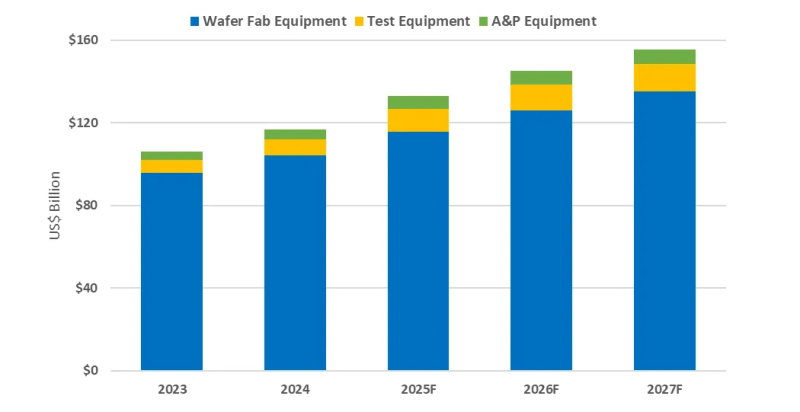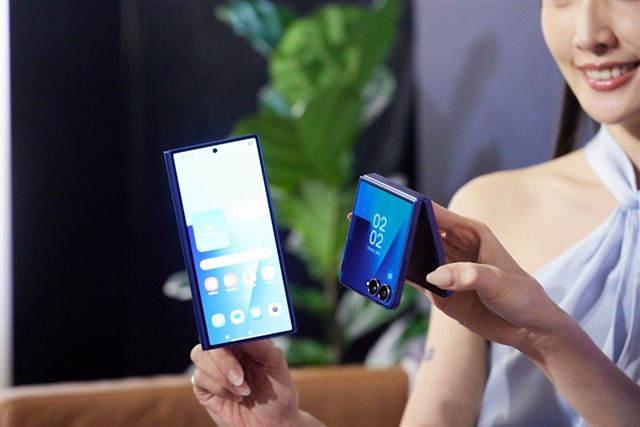An unexpected upturn in Q2 has resulted in a better than anticipated result for the 2023 semiconductor market, said Malcolm Penn (pictured) CEO of Future Horizons, at the company’s IFS2023 forecast seminar yesterday.
The industry down-cycle bottomed out in Q1 which was a quarter earlier than the historical trend indicated. “The 18th industry up-cycle has started,” said Penn.
In Q2, the market increased by 6%, instead of taking an expected 5% drop and, with 6% growth forecast in Q3 followed by 1% growth in Q4, the full year forecast improves from an anticipated 22% decline to a 10% decline.
Inventory depletion will not, however, be over before the end of the year, and it could be longer if end demand softens.
Future Horizons’ forecast for next year is a minus 1% Q1, a plus 2.3% Q2, a plus 6.3% Q3, and a minus 1.5% Q4 for full year growth of 9% to deliver a market worth $562 billion.
There should be a return to the historical 8% unit growth trend line next year, however the capex overspend will keep utilisation rates low and excess capacity will keep a tight rein on ASPs.
Stay up to date with the latest in industry offers by subscribing us. Our newsletter is your key to receiving expert tips.

Worldwide semiconductor equipment sales are projected to grow 13.7 percent in 2025, reaching a record 133 billion dollars, Semi announced at Semicon Japan. This momentum is expected to continue throug

The smartphone industry is facing considerable cost challenges in 2026 amid ongoing memory supply shortages and rising prices. This situation is expected to lead to a 1.6% decrease in annual shipments

New research from Omdia shows that the semiconductor market delivered a record breaking performance in 3Q25 with industry revenue reaching $216.3bn, up 14.5% quarter-over-quarter (QoQ). This marks the